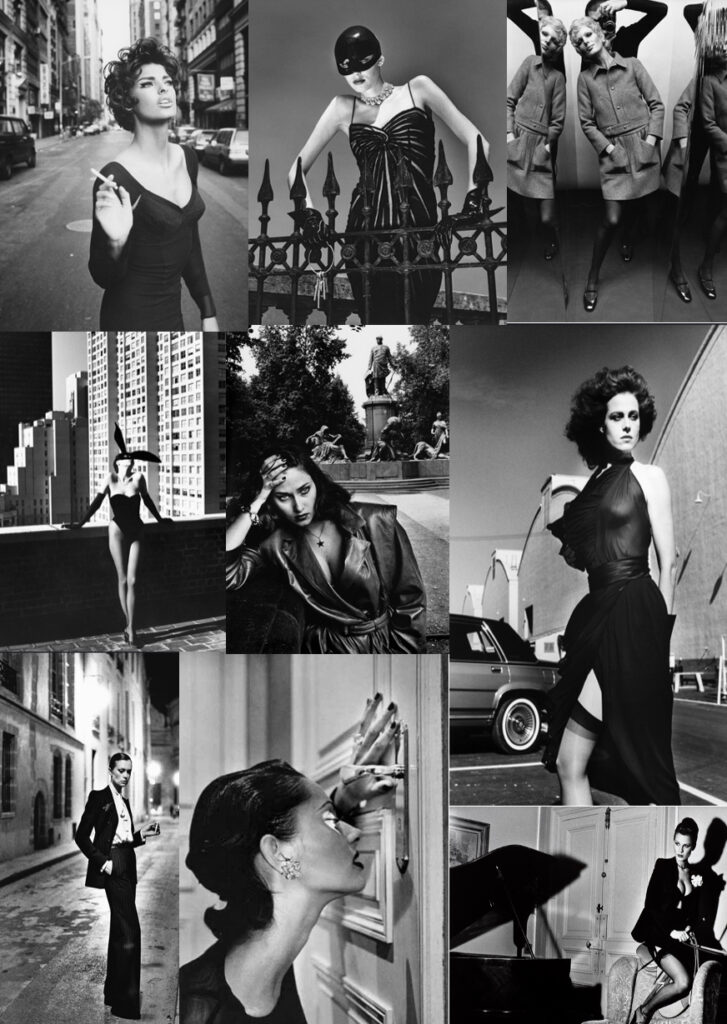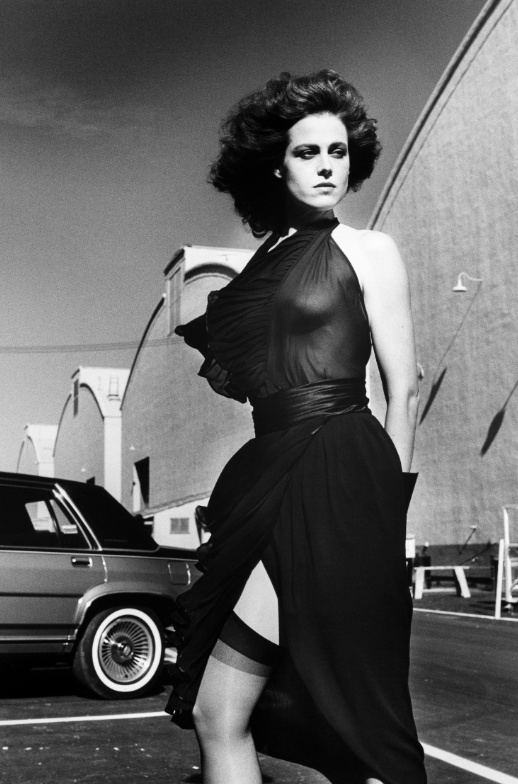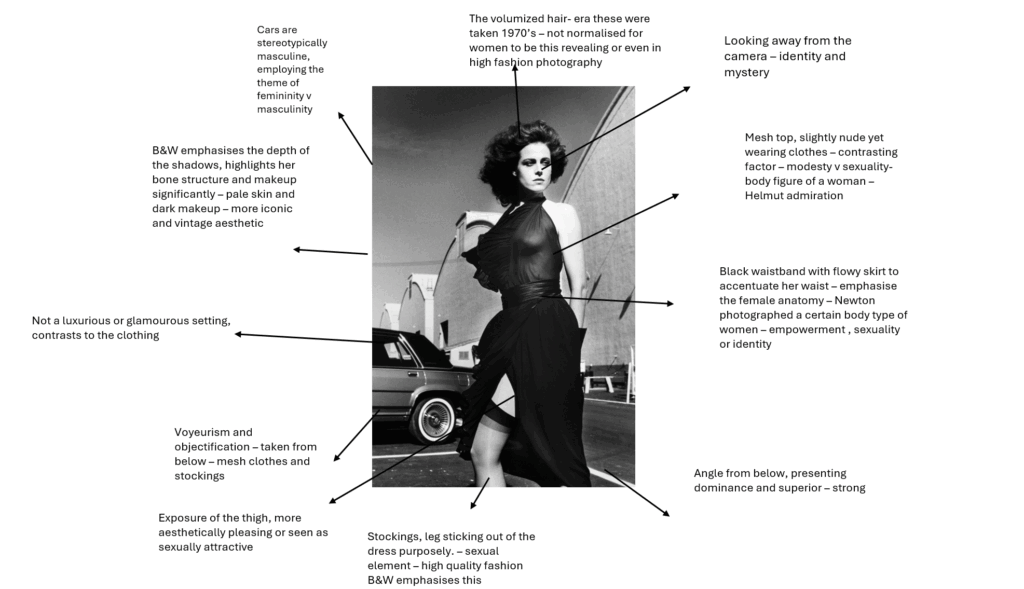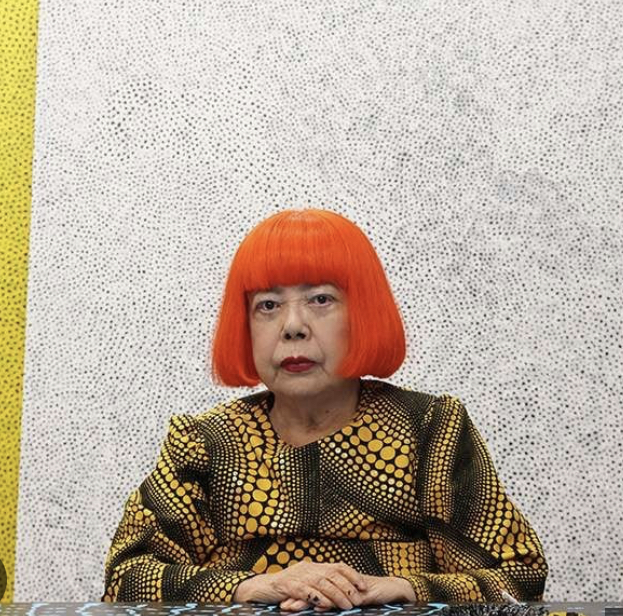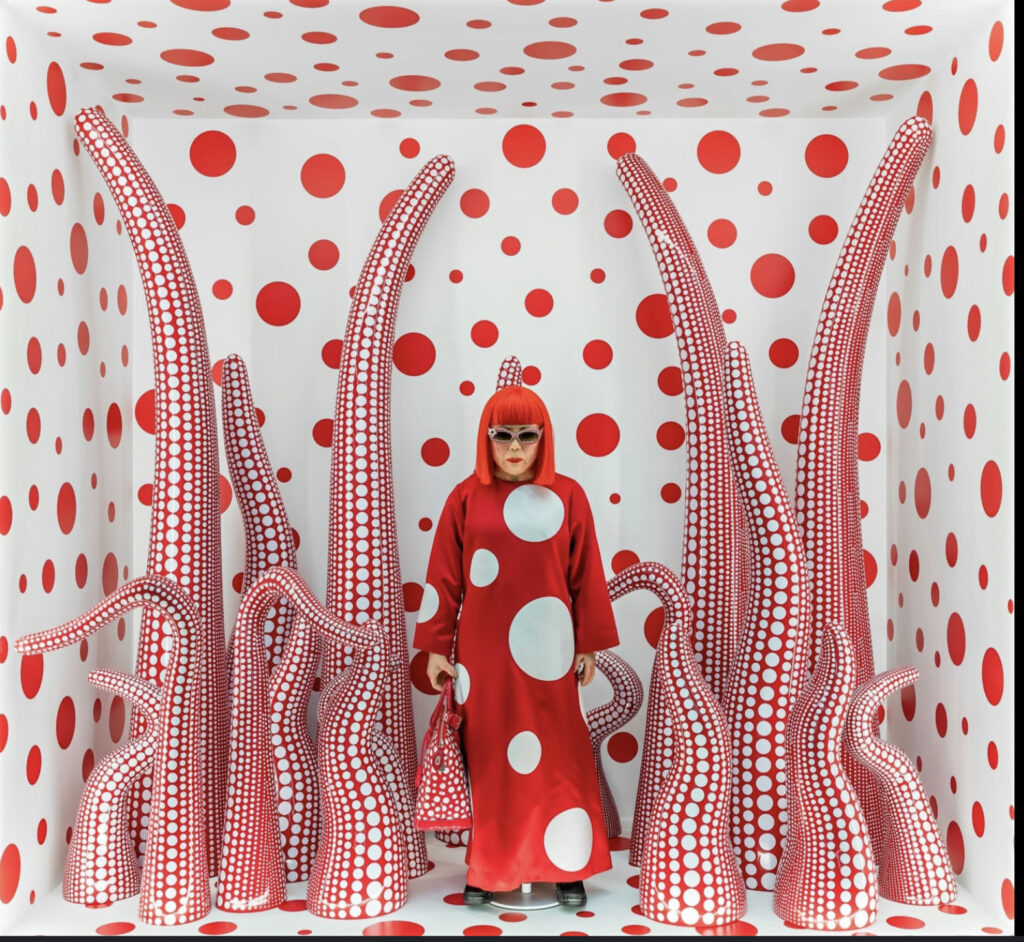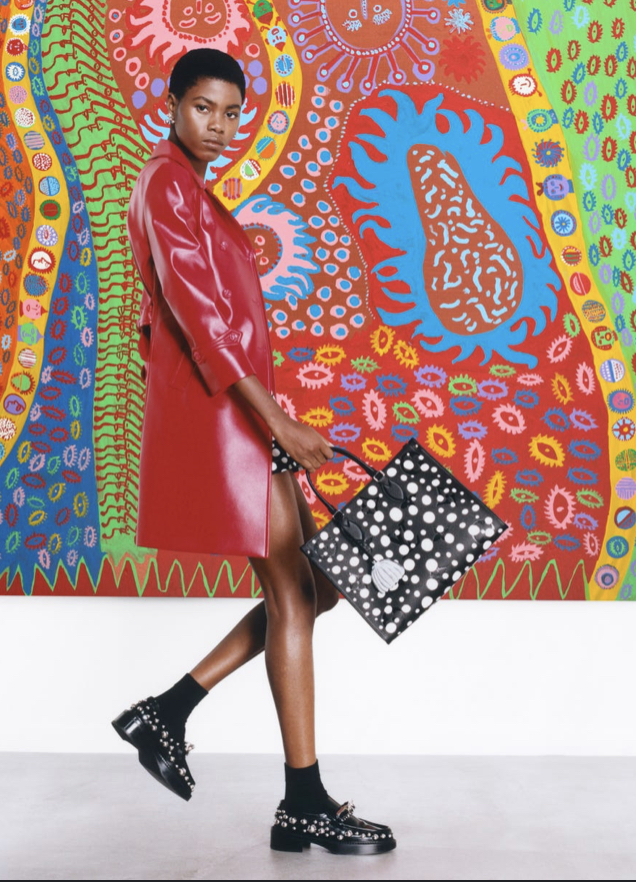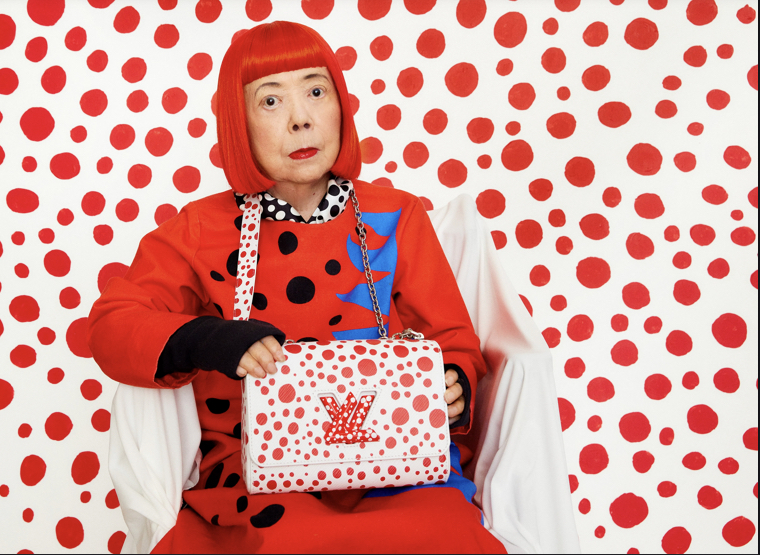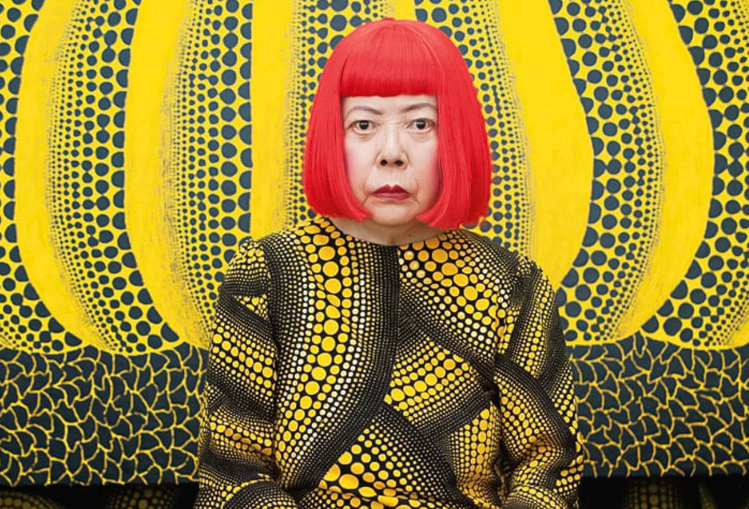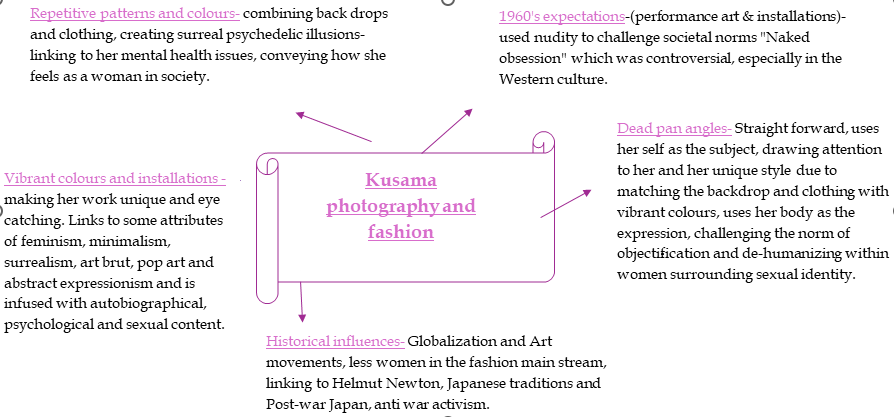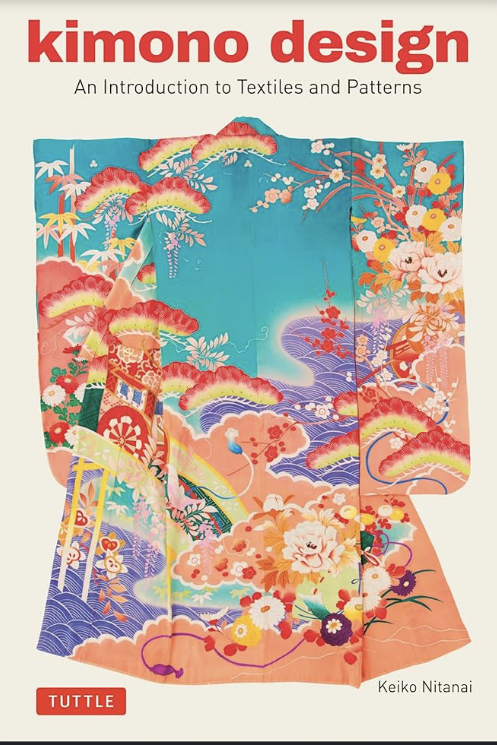What I want to explore:
My intention is to explore the theme of empowerment, rebellion and disobeying social expectations and stereotypes within women specifically. I wish to maintain the aesthetic of the 1970’s, through props and editing skills. Meanwhile, portraying woman as dominant and strong, rather than the expected submissive and weak typical stereotype during this era. I aim to do this through posing and angle techniques. Once I have accomplished this, I wish to make an meaningful symbol, surrounding the theme of identity, empowerment and change within women. This is suppose to be significant as this era I aim to draw too, women felt as if they were in a very patriarchal society. Whereas, Helmut Newton did the opposite of what was expected in a patriarchal society which evidently inspired me. Lastly, I wish to develop these finalized images into a magazine to portray as if I am aiming to sell fashion products through my symbolization, similarly to Kusuma. I wish to make it look as realistic as possible whilst keeping it glamourized and luxurious to link to Newton’s style.
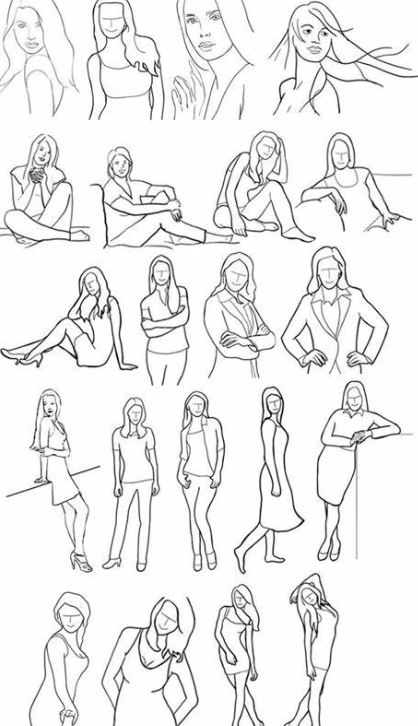
Why it matters to me:
This specific topic matters to me because as a woman, it is comforting and refreshing to see men admiring, and pushing these social boundaries when women felt repressed to see change in a patriarchal society, potentially formed by men. Not only this, I was heavily inspired by how Yayoi confidently showed her struggles being a woman conveying the theme of identity, female body and mental health issues. I personally find this brave as her work, specifically her images including nudity was seen as controversial considering her Western culture and timeline. Yet she still successfully demonstrated what she was aiming to on a deeper level, despite the backlash.


Furthermore, I like how this could bring the debate of whether Helmut Newton made a significant and major input within women’s rights and moving into the next feminism wave. This was around the 2nd wave feminism. Although, Helmut Newton did gain backlash for beauty standards, he gained more awareness within mainstream fashion and photography which was incredibly rare during this era of time. This is because women and men did not have equal rights, therefore women were not often praised or admired. They were simply seen to take care of the household and potential children.

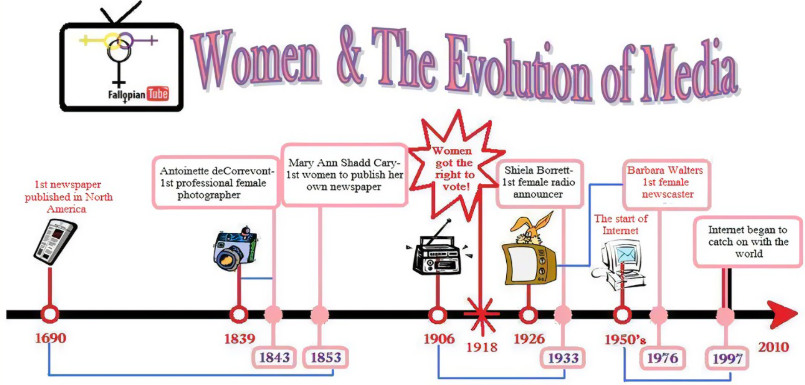
This representation above, illustrates how infrequent and rare it was for women to be a part of media within the 20th century. Especially in photography, fashion and the art world, which were often dominated by men. The reasoning of Kusuma’s inspiration for her work. Women were often objectified or limited to certain roles, with many media industries reinforcing traditional gender roles and stereotypes. However, as the 1970’s saw the rise of the second wave feminism and the growing presence of women in various professional spheres, some women began to break through in more visible and influential positions within the media. I believe, despite the backlash aspects, Helmut Newton’s work contributed to a change in the way women were depicted, making their portrayal more dynamic. This helped greater visibility and empowerment for women in the media following decades to the present.
How I wish to develop my project:
I wish to explore my project, by photographing images that completely differ from what was the ‘norm’ and expectations in the 70’s and 80’s, specifically within women. I wish to evidently show what society did not expect or want women to be. For example, myself or my subject will be wearing sexual yet powerful props/clothing such as stockings, dresses short or long, sunglasses, heels, red lipstick for symbolization of empowerment, work and education clothing and lastly wigs. The set up and wigs emphasises how the style I am aiming to convey, is staged photography.
The setting will be in the studio and I aim to photography myself and my subject with a white background to make the subject stand out, like a magazine cover. I wish to have little to no shadows as most magazines do not obtain this as it can be quite distracting and look unprofessional. This will contrast nicely with most of my photographs in black and white. This black and white will make it stand out against the white, and it will link to the 1970’s. Potentially, to emphasise this I could edit my images with a high grain or even use vintage boarders and blend them to make them look older. However, this can be seen as a constraint, rather than an affordance as it may look less professional which typically a magazine has to look considering I aim showing the growth, therefore future.

This photographic technique links to theatre, crafted and cinematic technique. This means, that my subject will change their normal behaviour and mannerisms considering I will be taking photographs. Therefore, posing will be set up, the lighting, props and every detail carefully crafted to reach the goal I am attempting to aim. Angle is an eye catcher to me as they can be used to demonstrate authority and dominance. This is because if an image is taken from above, with a medium looking up, this often portrays the subject as submissive and the photographer/male being more dominant and powerful as they are seen as literally higher. However, if a woman is posing proudly and strongly, in contrast to looking down at a photographer. This illustrates her gender power role, as more dominant and more powerful, which I aim to express successfully. For example,
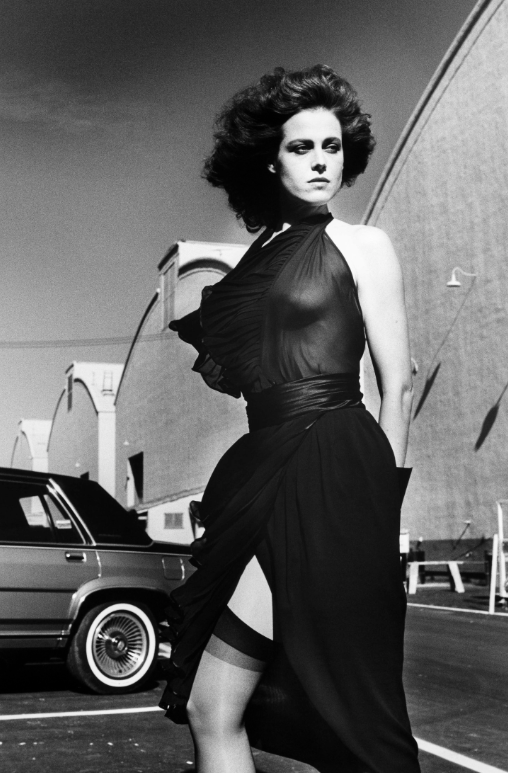
I want my images to be developed and edited to look like a magazine cover, as if we are advertising fashion clothing and accessories to symbolise the evolution within women in the media. This links to Helmut as this is what he almost achieved, or at least took a part in this progression. This image shows an element of sexuality yet also shows glamour and high fashion.
Once I have achieved my primary objective, I will edit them into photoshop and make them look more unique. I aim to do this as I wish my developing element of this project to link more to Kusuma. This is because I want my magazine outcome to look very different to most magazines and have a certain look and aesthetic. This is because I want it to be memorable and eye catching. This illustrates how Kusuma’s work was as her work was memorable such as her unique polka dots patterns eventually leading to a collaboration with Louis Vuitton. This ending up being a symbolisation for women, which may not have been pre-planned. Therefore, I want my editing to look as if it is doing the same effect and impact. I aim to only do this for some images, as I want my overall magazine to be diversified of black and white images and colourful experimented images to include both Helmut and Yayoi.
Overall:
Overall, my narrative I wish to express is the movement and change of women, specifically the evolution of women in the media. I wish to portray this at the end of my project through a magazine, as this links to high fashion and glamour which Helmut linked too. I aim to explore this through feminine yet strong posing, props, dominant angles, and white backgrounds. As I wish to develop my project into a magazine, I have to make my images look professional to an extent. To do this, I will use the studio and make sure I get correct lighting that mostly gets rid of the shadows, as this is hardly seen in magazines. If I do this on accident, I will fix the issue in photoshoot by editing. I want my backgrounds to be plain and white so the subject stands out as much as her accessories. I also think this is useful as it benefits my Yayoi side as it will make it easier to experiment and make my unique images to make theme eye catching. This is because the subject is the most important part of the images. This will help all of them work seamlessly together once developed into a photobook through blurb. This will make outfit and theme changes more noticeable as the background will stay the same – therefore can tell apart each photoshoot. Angle is just as important as each angle needs to be taken from the same level as the subject, or below, definitely not from above as that portrays submissive as the subject will be looking up – which differs to my whole theme of dominance, empowerment and growth. This will also change whether I want shoes in the frame, legs or even the subjects face as it depends on what shot I am aiming to make. Lastly, the most draw catching is the subjects clothing and accessories. I want my subject to wear wigs to emphasise that it is staged photography and is carefully crafted. Not only this, but this makes the photos look more interesting and potentially vintage. I think it will emphasise the subjects vibe and clothing to fit into a fashion women photoshoot. I want my subject to wear symbolism such as stockings, heels and red lipstick to illustrate the empowerment. My posing choices will portray my theme significantly and I believe if I execute all of these factors carefully, it has the potential for success and my vision.


